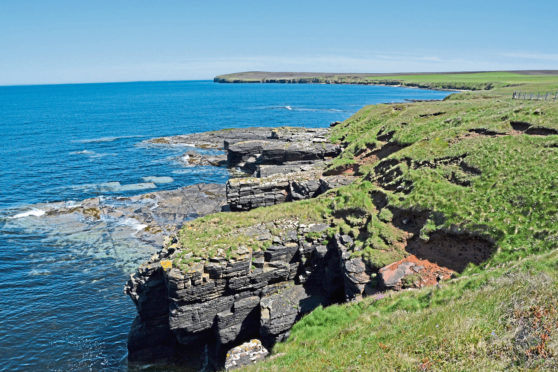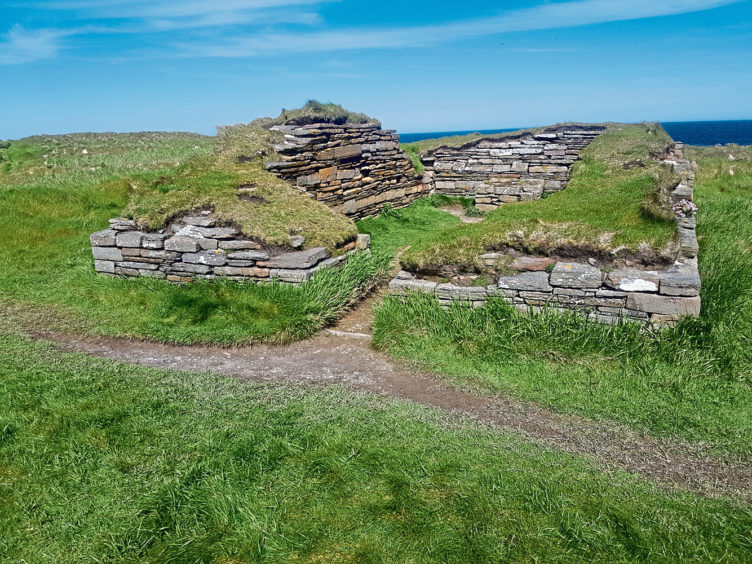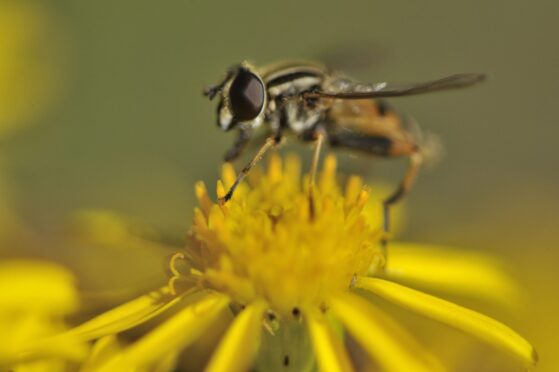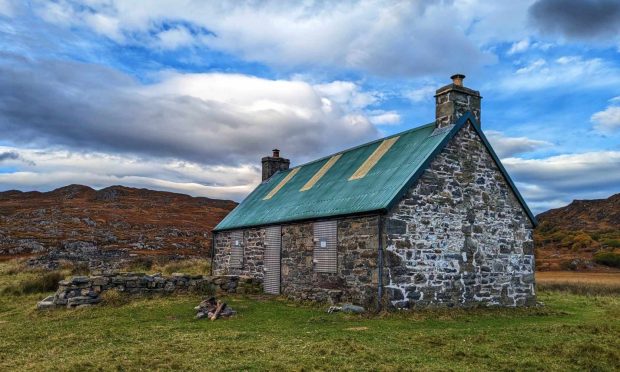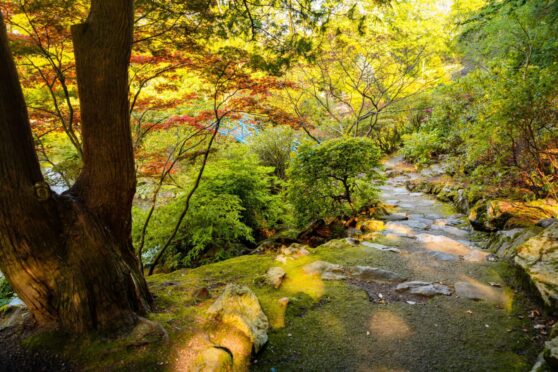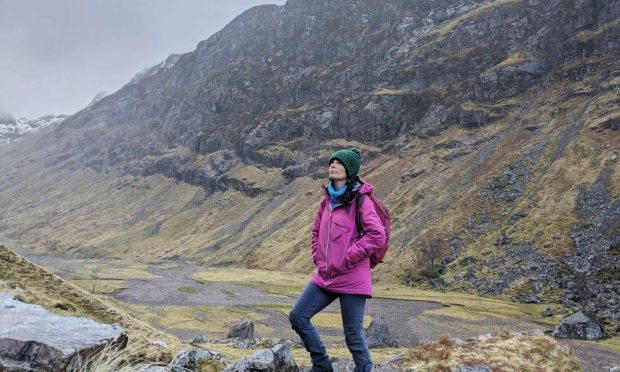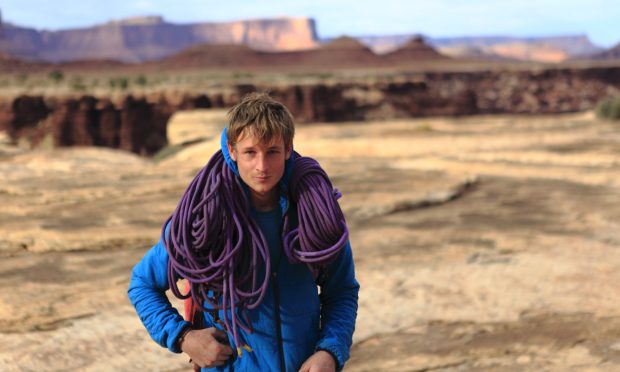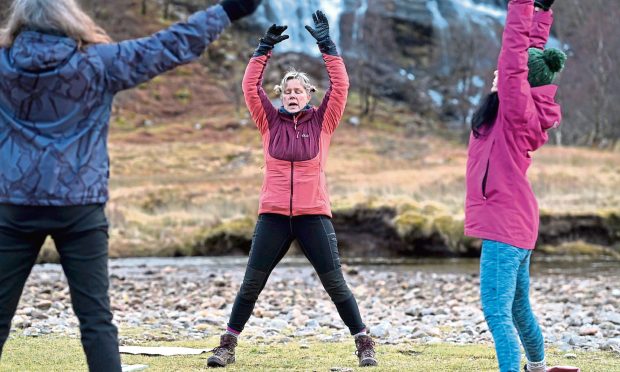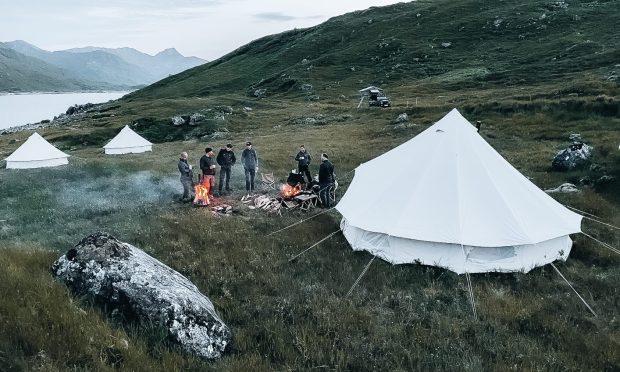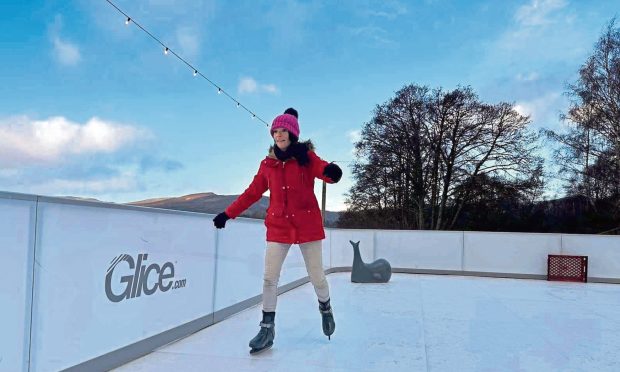There is many a stunning walking route on the rugged islands of Orkney, and this impressive coastal circuit is no exception.
It is filled with gorgeous scenery and fascinating history, alongside a wide range of wildlife. You’ll need to be prepared, with good walking boots and supplies before you tackle Mull Head, which forms a very special part of Orkney’s east mainland.
Mull Head nature reserve is located at the furthest point of Deerness, and you’ll discover breathtaking views almost immediately. The reserve offers 200 acres of coastal grassland, heath and sea cliff.
You can choose between a variety of path networks and circular walks, which are all well signposted.
Upon arriving on the island, take the A960 from Kirkwall then the B9050.
Follow signs for The Gloup and you won’t go far wrong.
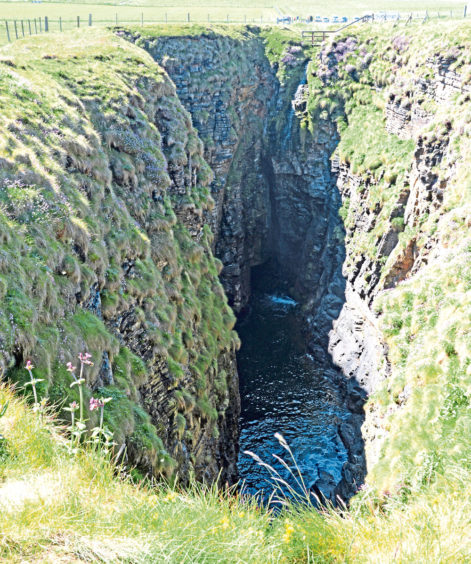
If you find yourself in a small car park overlooking the North Sea, you’ve arrived, which is probably a good thing as the road quite literally stops.
The route starts and ends at the car park for The Gloup, and lasts around three-and-a-half hours depending on which path you choose to take.
Be sure that your footwear is waterproof as it can be boggy in parts, although there are some good stretches of what I’d call easy walking.
There are no facilities available on the trek, meaning you have to embrace nature and maybe take some snacks for pit stops.
You can find toilets and an information centre in the car park, however, and the centre may help you to explore the wider area.
If you fancy a short walk, leave the car park at the information plaque.
Take the gravel path for about 200 yards to reach The Gloup, where you’ll be met with nature’s finest work.
The Gloup is a dramatic sea cave, separated from the sea by a land bridge about 80 yards wide.
It is approximately 40 yards long and 30 yards deep, and the water can range from turquoise to deepest blue with swirling sea froth on the surface.
Gloup comes from the Old Norse “gluppa” – a chasm – the local name for a blow hole.
The incoming waves force air upwards with the occasional huge spout of water, hence the name.
In particularly stormy weather, which can be a common occurrence on the island, the waves surge and crash against the sides of the cave.
This scene makes for a brilliant picture opportunity, but be careful as the area is unfenced.
There are no barriers to prevent you getting too close to the edge, so use your common sense and keep dogs on a lead.
Head past The Gloup through a gate, where there is a sign which directs you to the Brough of Deerness.
Follow the grassy path, but if you want a more interesting route go straight ahead and follow the cliff top.
After walking for roughly half a mile, you’ll come to an information board which details the history of the settlement.
The small outcrop of rock houses the remains of a Norse settlement and church, accessed by a dramatic set of rock-cut steps.
Make sure to research tide times for the area, as at high tide these steps may be cut off.
Retrace your path to the car park after a hefty dose of sea air.
If you fancy a much longer walk, turn your back to the information board and leave the car park at the opposite side.
Follow the grassy path which is fenced on either side, where inquisitive coos might take a quick nosey at you.
Follow the signs for Covenanters Memorial, which was erected to commemorate a shipwreck in 1679.
Roughly 250 prisoners were led on to a ship, where they were to be transported to English plantations in America.
The ship’s first port of call was Orkney where it sheltered from a storm.
But it was driven on to the rocks and the majority of the prisoners perished, unable to escape from the confines of the hold.
At the memorial, take the grassy clifftop path to the right toward Mull Head.
Watch your step as the terrain changes to boggy peat once you reach the moorland.
The high cliffs here offer the perfect spot for nesting sea birds, while the moorland is home to ground nesters.
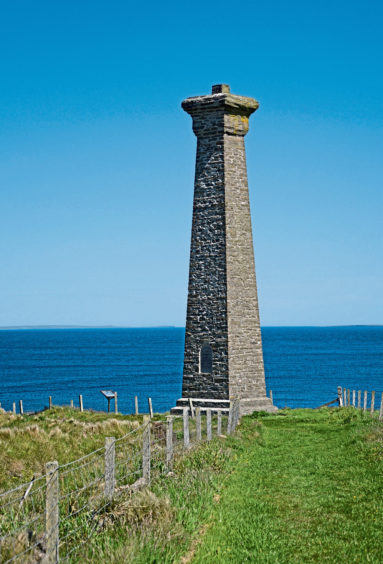
On a clear day, superb views are to be had towards Shapinsay.
This is a small low-lying island just a few miles north-east of Kirkwall.
It is only six miles long and accessible by ferry, which you can spot en route from this vantage point.
Once you have found your way around Mull Head, you soon reach The Brough where you can then return to The Gloup.
By doing the walk clockwise, I believe you save the best till last.
The route
- Where: Mullhead, Deerness, Mainland Orkney
- Time: 3.5 hours
- Difficulty: Varies depending on the terrain and route you take
- Suitable for dogs? Yes, but dogs should be kept on a lead due to nesting birds and steep cliff paths
- Parking: Yes
- Toilets: Yes, in the car park
